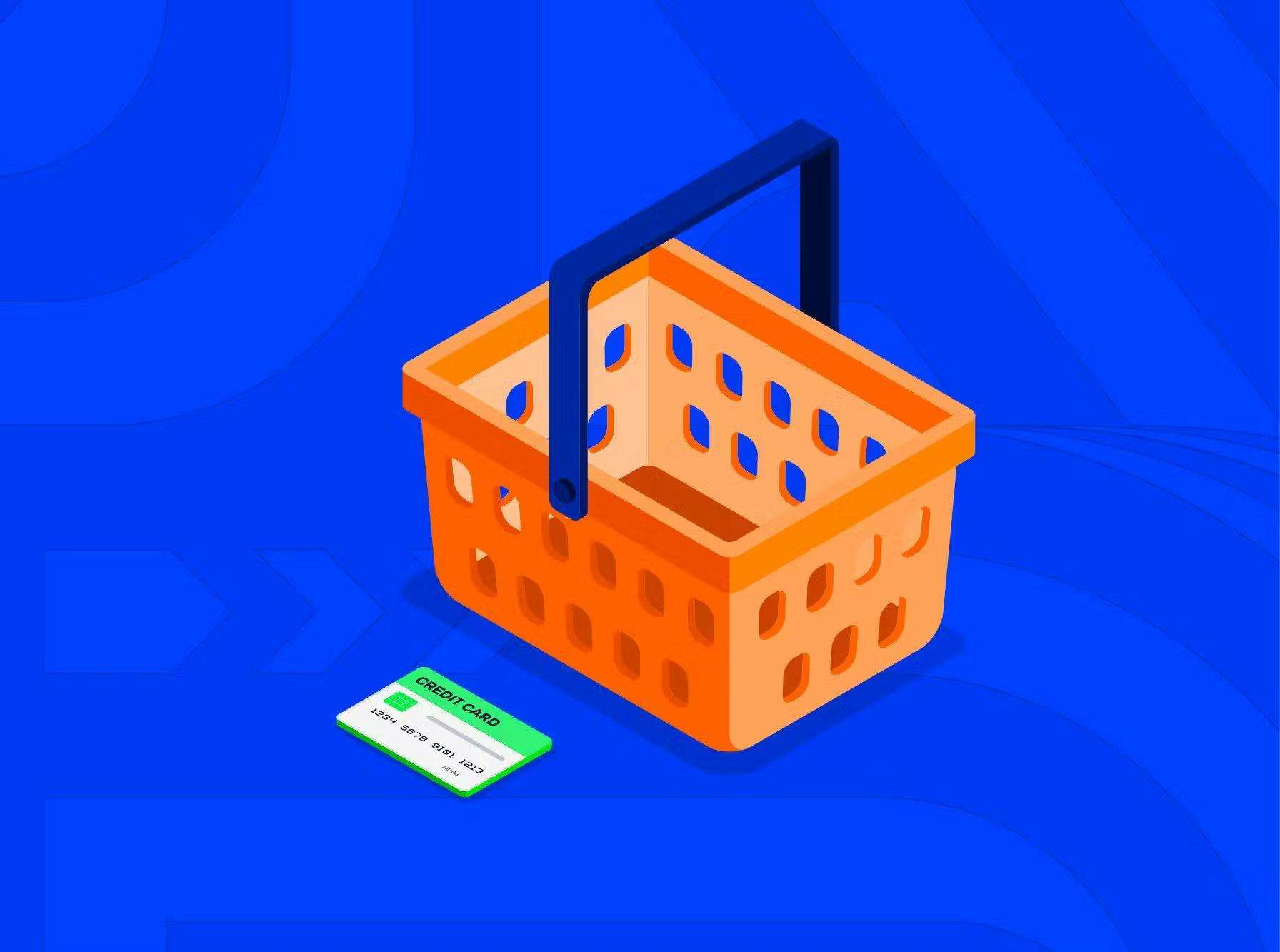Building your own payment gateway offers several advantages and disadvantages that you should consider before embarking on this endeavor.
Advantages
1. Control: when you develop a payment gateway, you have full control over the entire process.
2. Data insights and analytics: after you create your own payment gateway, you have access to valuable transaction data and analytics. By analyzing this information, you can make informed business decisions, optimize marketing strategies, and identify opportunities for growth.
If you build a payment gateway, it will come with significant advantages, particularly in terms of customization, control, and data insights. By tailoring the system to your specific business needs, you can create a seamless and branded experience for your customers. Having complete control over security measures and transaction flows ensures higher reliability and fraud prevention, giving your business an edge in a competitive market. Additionally, access to in-depth transaction data allows for strategic decision-making, improved customer insights, and optimized marketing efforts.
While these benefits make developing a custom payment gateway an attractive option, businesses must also consider the technical complexities, security requirements, and regulatory compliance challenges associated with the process. The decision to build your own system should align with your business goals, technical capabilities, and long-term scalability needs.
Disadvantages
1. Development complexity: when you create own payment gateway from scratch that requires significant technical expertise and resources. It involves complex programming, adherence to security standards, and compliance with industry regulations.
2. Security and compliance: Creating your own gateway means taking on the responsibility of ensuring robust security measures and maintaining compliance with industry standards and regulations, such as the PCI DSS.
3. Market competition: how to make a payment gateway when the market is highly competitive with established players dominating the industry? As a new entrant, gaining market share and building trust among merchants and customers can be challenging.
Consider these advantages and disadvantages carefully when deciding whether to build your own payment gateway. In the next section, we will explore the key steps involved in making your own gateway from scratch.
The technical complexity, security and compliance requirements, and intense market competition can make the development process demanding and resource-intensive. Competing with established providers requires a strong strategy and continuous innovation.
Before committing to this path, businesses must weigh the pros and cons carefully, considering their technical capabilities, budget, and long-term goals. In the next section, we’ll explore the key steps to successfully building a payment gateway from scratch.

 Most Popular Payment Methods in the World: Analysis by Markets
Most Popular Payment Methods in the World: Analysis by Markets How to Increase Conversions in an Online Store with a Checkout Page
How to Increase Conversions in an Online Store with a Checkout Page How Tranzzo Simplified the Payment Process for Tickets.ua
How Tranzzo Simplified the Payment Process for Tickets.ua Integrating Multiple Payment Methods: Challenges and Solutions
Integrating Multiple Payment Methods: Challenges and Solutions Abandoned Shopping Carts: Why Businesses Lose Revenue and How to Increase the Number of Successful Payments
Abandoned Shopping Carts: Why Businesses Lose Revenue and How to Increase the Number of Successful Payments

